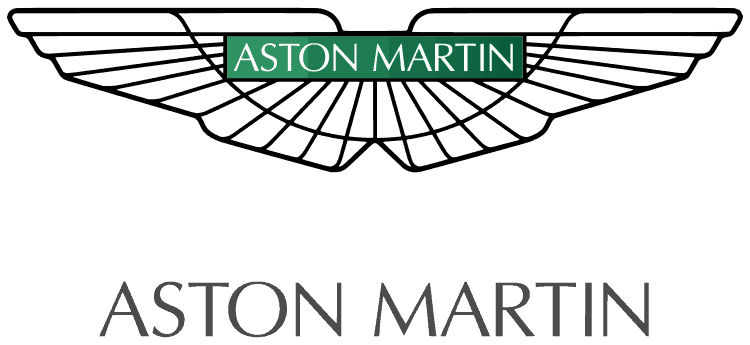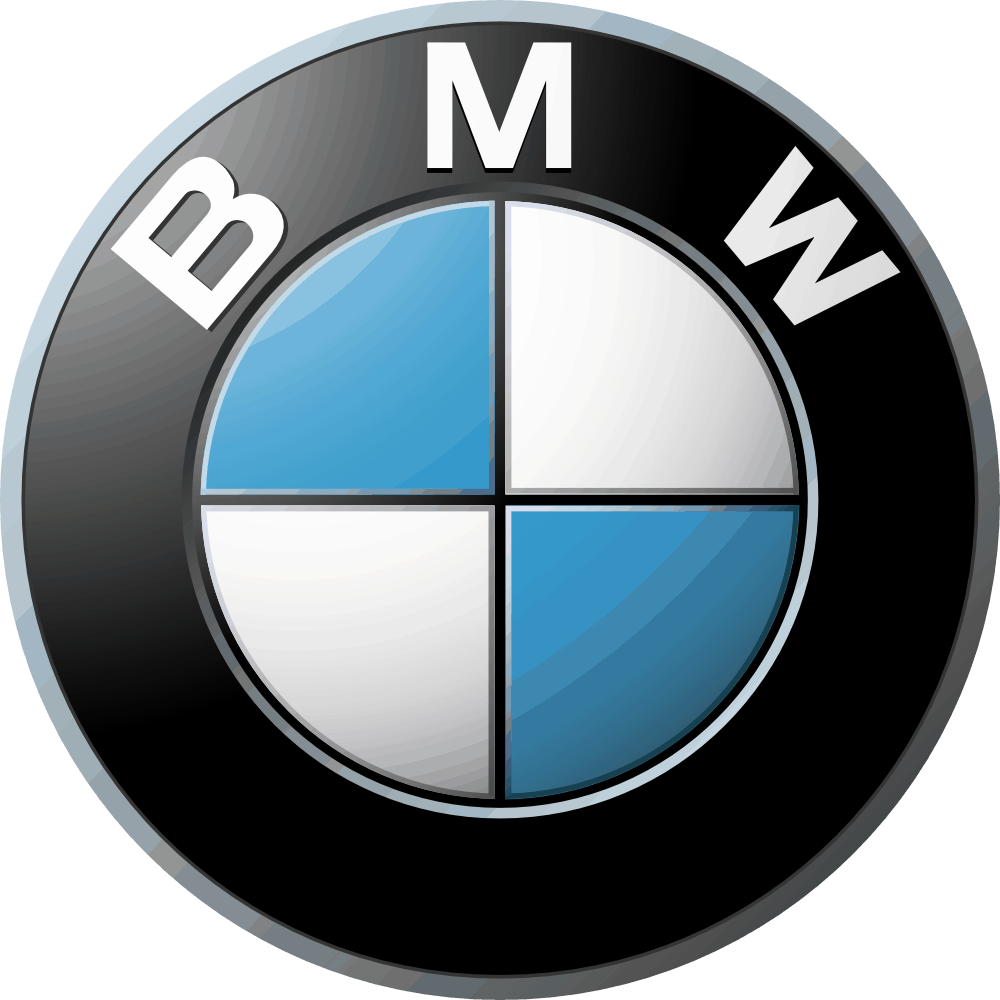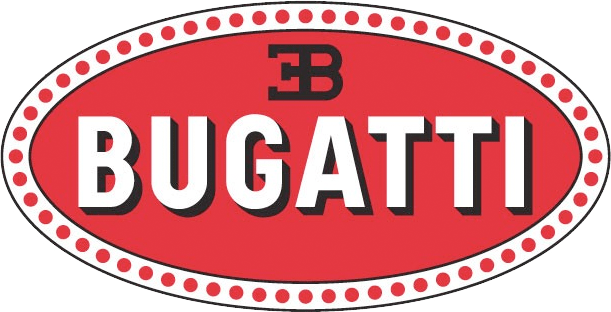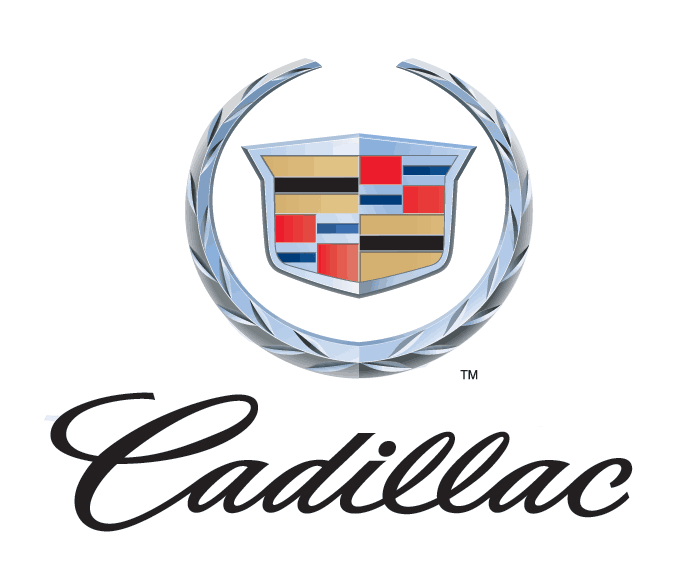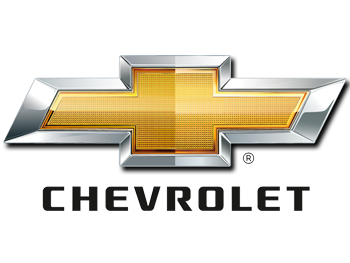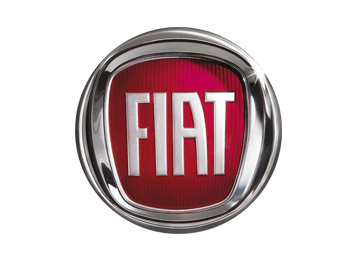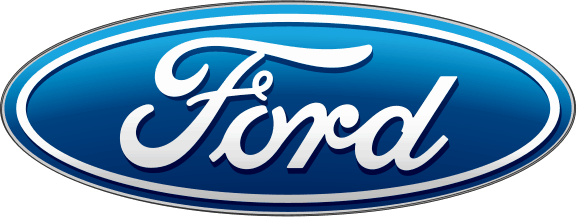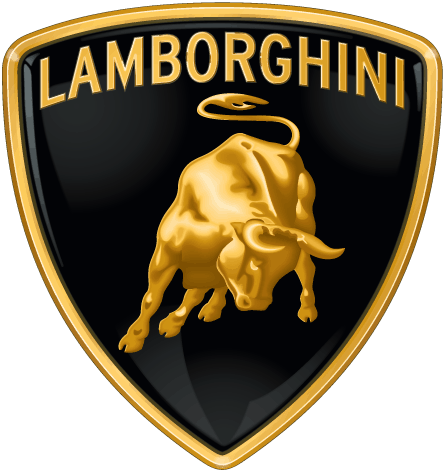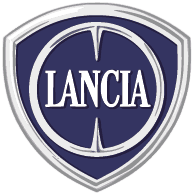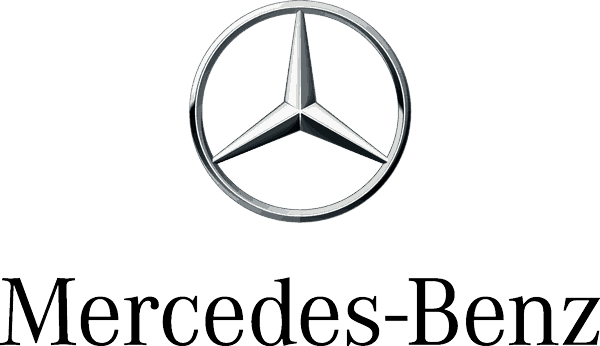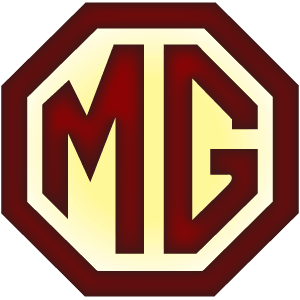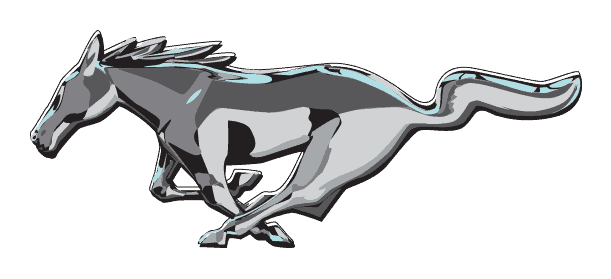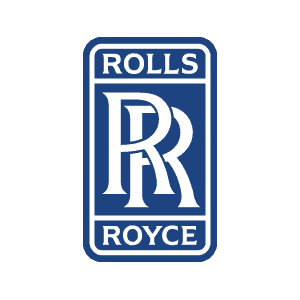Maserati Ghibli
First manufactured in 1967, the Maserati Ghibli was named after the hot and dusty North African desert wind. Ghibli’s are currently in their 3rd generation of vehicles. If you’re a fan of sleek, high-end sports sedans, then the Maserati Ghibli is an excellent choice.
With an introduction at the 1966 Turin Motor Show, Maserati Ghibli made a stylish debut as two-door grand touring cars. 29-year-old Girogetto Giugiaro designed the initial Ghibli during his time working for the Italian manufacturer Ghia. The goal of the steel-bodied Ghibli was to enjoy the ride to your destination in a relaxed style.
While the initial prototype of the Ghibli featured only two seats, actual manufactured Ghibli’s featured two added rear seats.
Ghibli Performance
Armed with a front-positioned 4.7-liter dry-sump V8 engine and paired with a five-speed manual or three-speed automatic transmission, Ghibli’s could reach top speeds of 155 mph while going 0-60 in 6.8 seconds.
Unique Design
Due to a large windshield, pop up headlamps, and alloy wheels, the Maserati Ghibli instantly caught eyes. Inside the car, passengers had the option of enjoying leather sports seats.
1969 led to the release of a convertible Ghibli model with two-seats and a soft-top that folded behind the seats, or a removable hardtop. Ghibli SS models were additionally introduced in 1969 and featured a 4.9-liter V8 engine with insane speeds of 174 mph.
Before the first-generation Ghibli was discontinued in 1973 and replaced by the Maserati Khamsin, 1,770 coupes and 125 spyder models were sold. As a result of the first-generation Ghibli’s success, Giorgetto Giugiaro was solidified as one of the top automotive designers of the 20th century.
After the first-generation Ghibli was discontinued, it took nearly twenty years for the Ghibli to make a comeback, but when it did, it was ready.
Second Generation Maserati Ghibli
1992 contained the reveal of the second generation Maserati Ghibli at the 62nd Turin Motor Show. Engine levels were suited to target consumers as Italian Market Ghibli’s had 2.0-liter V6 engines, mated to a six-speed manual transmission.
Exported Ghibli’s initially contained a 2.8-liter V6 engine. Initially paired with a five-speed manual, a later upgrade to six-speed occurred in 1995.
Optional four-speed automatics served as an additional option for consumers. Luxury was equally emphasized with performance on the second generation Ghibli as Connolly leather upholstery trimmed with burl elm accents suited the needs of high paying customers.
Updated Ghibli’s were shown at the 1994 Geneva Motor Show.
Upgrades included:
- Spruced up interior
- New wing mirrors
- Enhanced 17-inch alloy wheels
- ABS brakes
- Adjustable electronic suspension
Car enthusiasts and collectors loved Maserati’s release of the Ghibli Open Cup racing car with two separate sport versions released in 1995. Continued improvements on the Ghibli occurred until the car’s production was halted in 1998.
Although Ghibli’s took a pause during 1998, 15 years down the line would mark a significant comeback.
Third Generation Ghibli
First introduced in 2013 at the Shanghai Motor Show, current Ghibli’s come in three engine options with a first-time-ever diesel engine design. Diesel engines for Ghibli’s are currently only available in Europe.
All three engines available are 3.0-liter V6 engines with either:
- Twin-turbocharged 330 horsepower
- 400 horsepower gas-powered
- Euro 271 horsepower turbo diesel engine
Part of what makes the new Ghibli such a capable vehicle is its lightweight nature that supports loads of standard equipment including:
- Limited slip rear differential
- Brembo compound brake discs
- Customizable calipers


